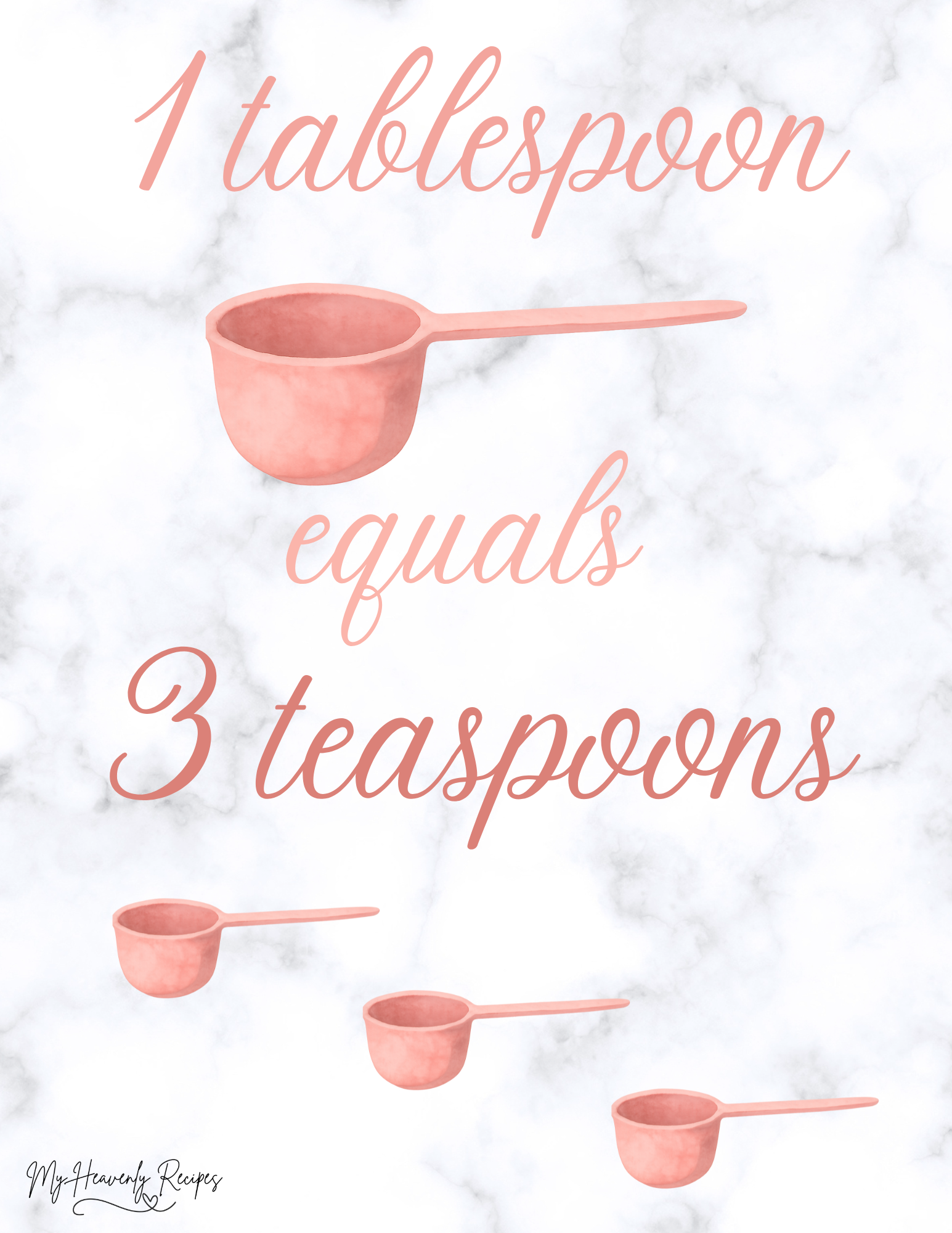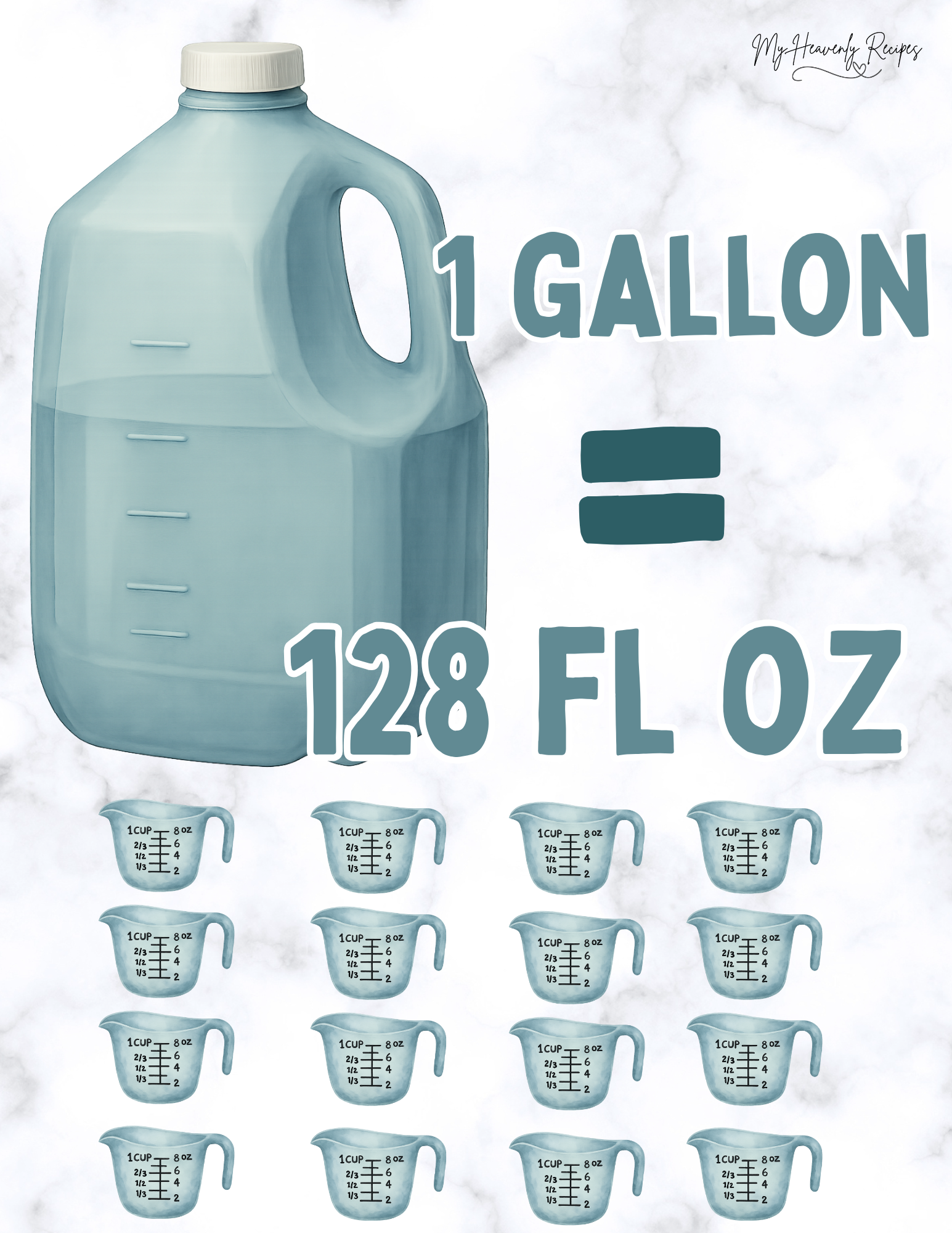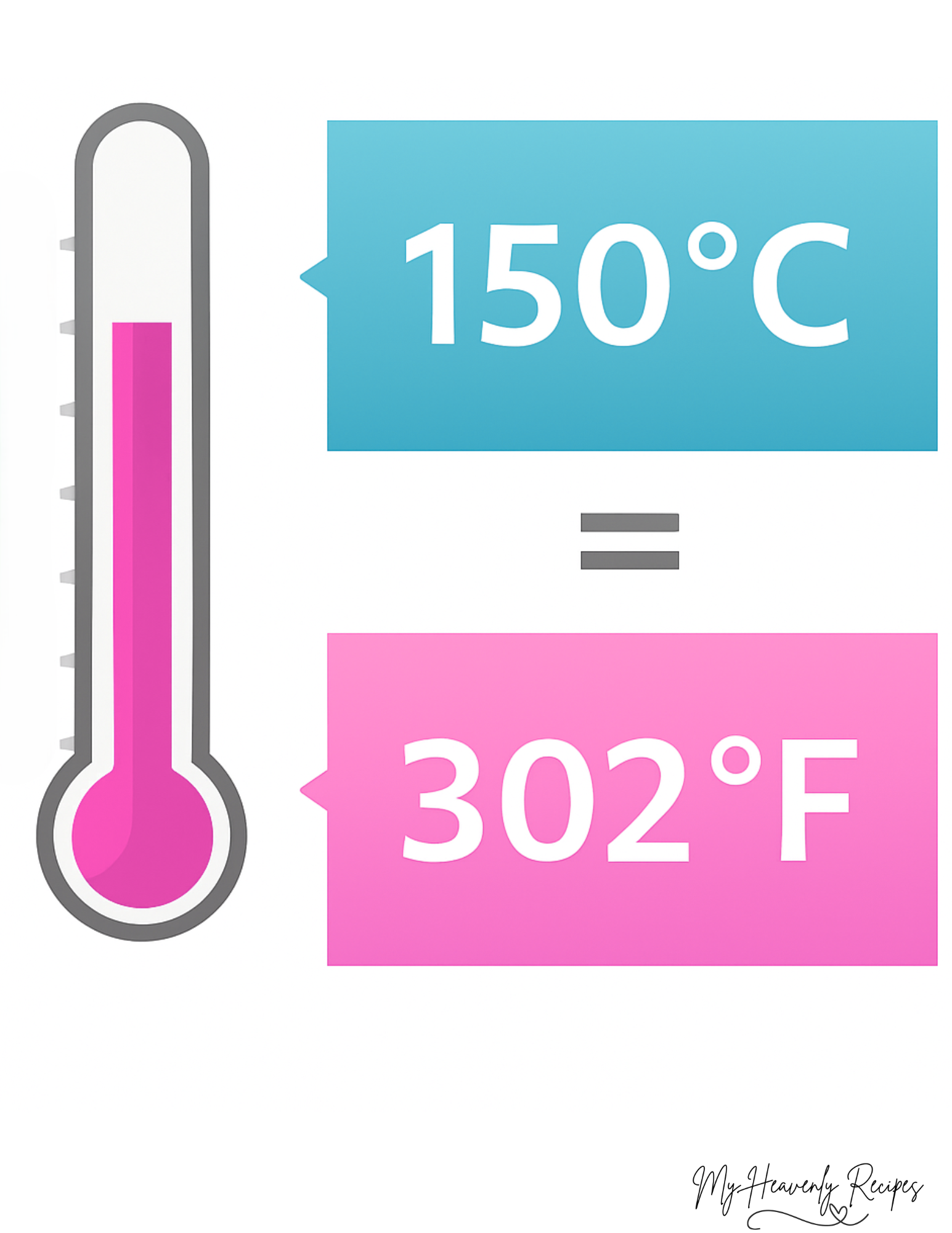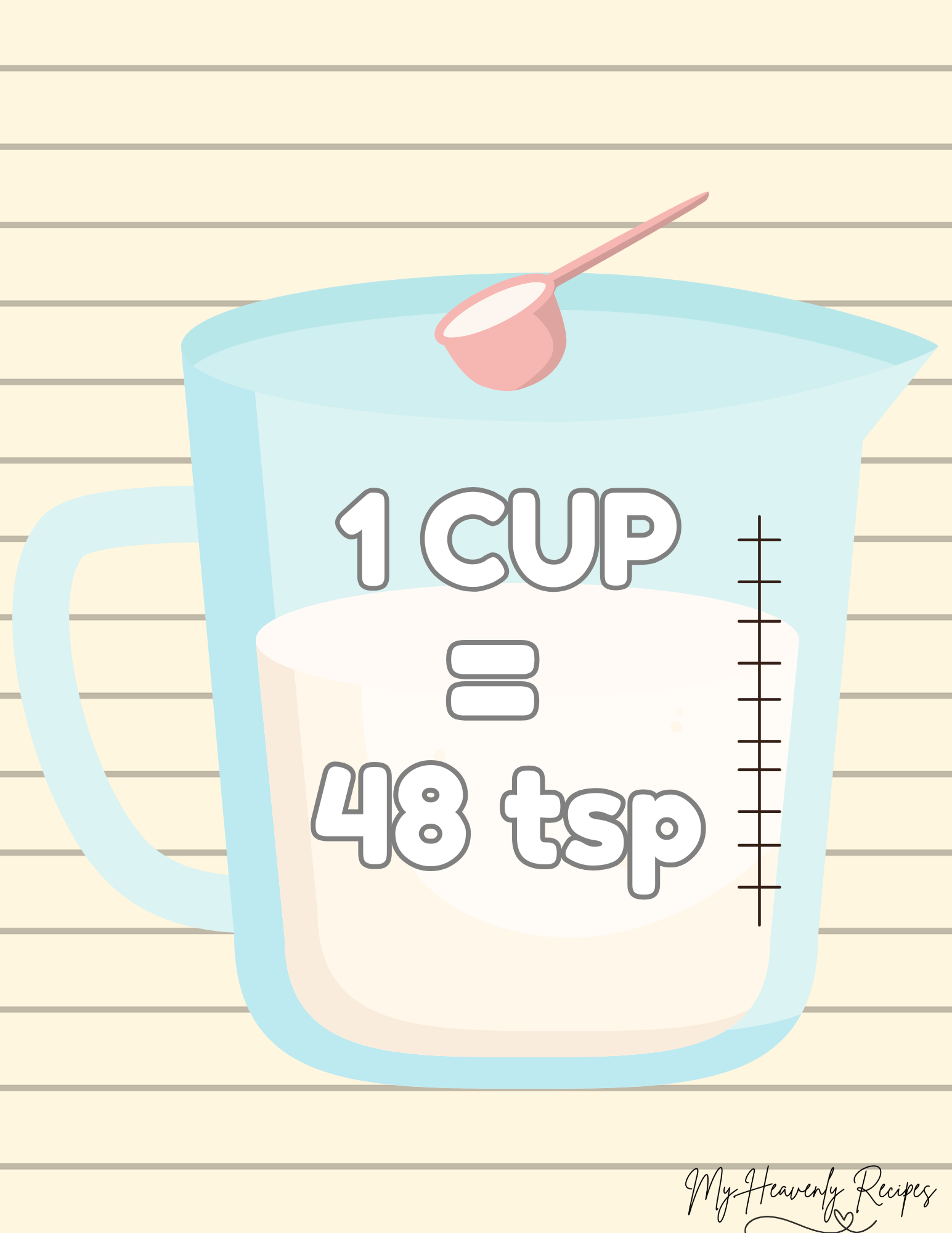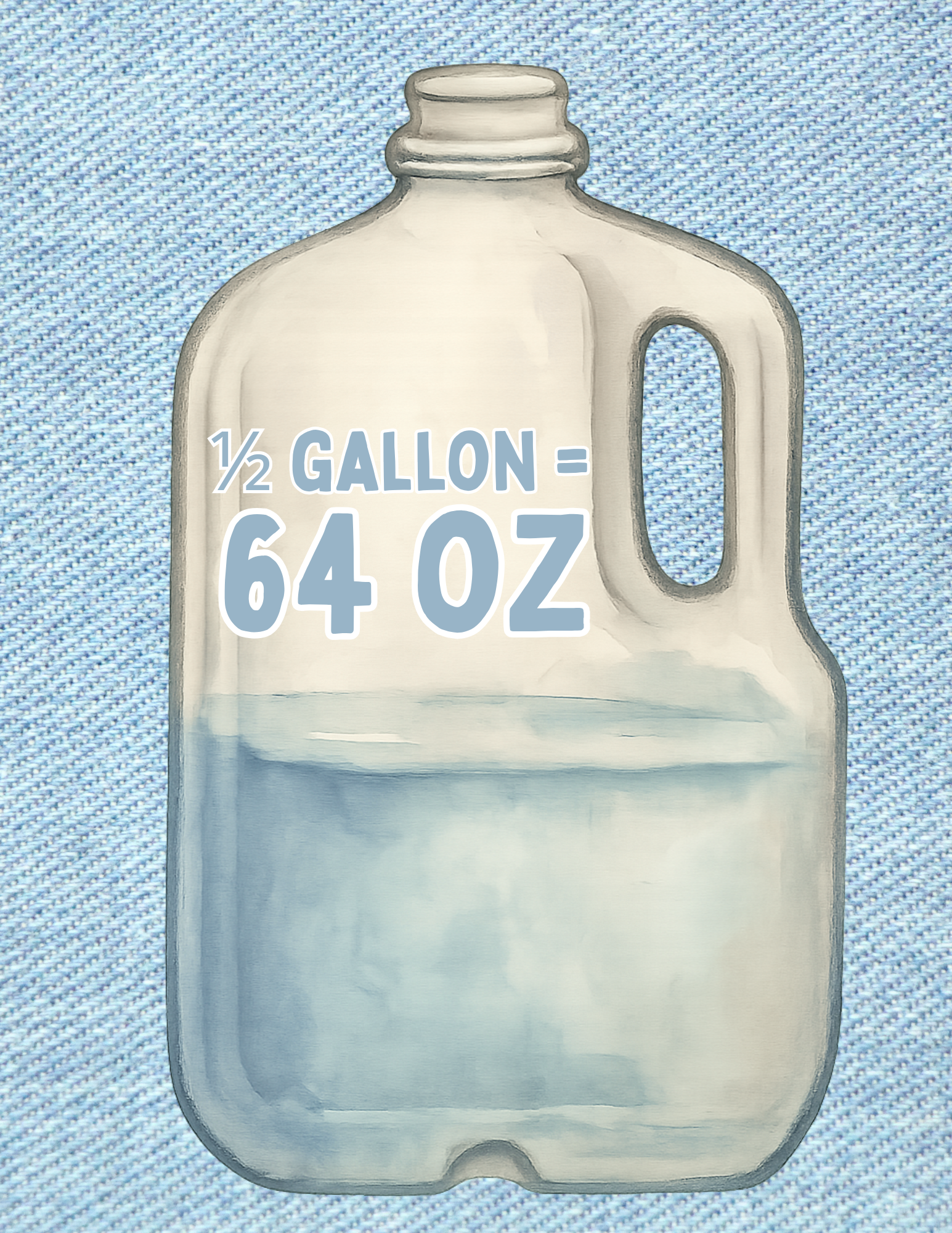How Many Grams are in One Kilogram?
How many grams in one kg?
If you’ve ever followed a recipe, weighed luggage before a flight, or tried to understand a nutrition label, you’ve probably come across grams and kilograms. They’re both units of weight (or mass, to be more precise), but knowing how they relate to each other can be confusing—especially if you’re more familiar with pounds and ounces. Don’t worry, though. Once you understand the simple relationship between grams and kilograms, you’ll never have to look it up again.
Understanding the Basics
Let’s start with the golden rule:
1 kilogram (kg) = 1,000 grams (g).
That’s it. Simple, right?
The metric system was designed to be easy to use and based on powers of ten. A kilogram is simply one thousand times heavier than a gram. You can think of it just like centimeters and meters—where 100 centimeters make one meter.
So if you know the number of kilograms, you can multiply by 1,000 to get grams. Likewise, to go from grams to kilograms, you divide by 1,000.
For example:
- 2 kilograms × 1,000 = 2,000 grams
- 500 grams ÷ 1,000 = 0.5 kilograms
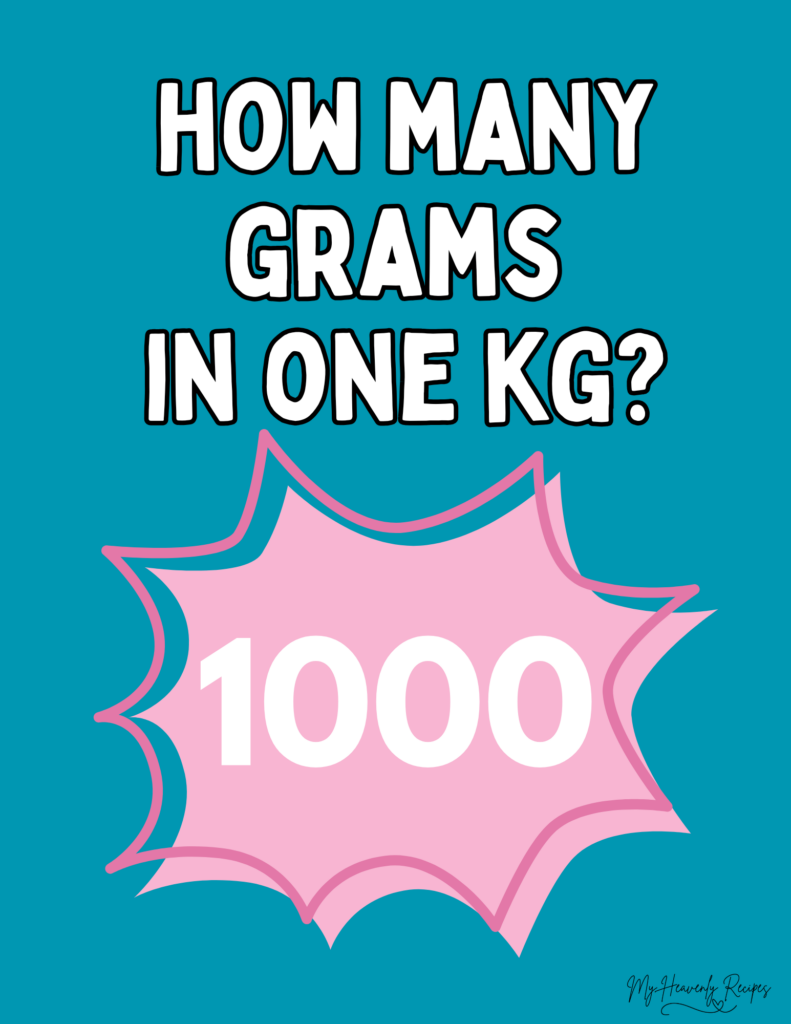
Quick Reference Chart
Here’s 3 small conversion charts to help visualize that you can print off:
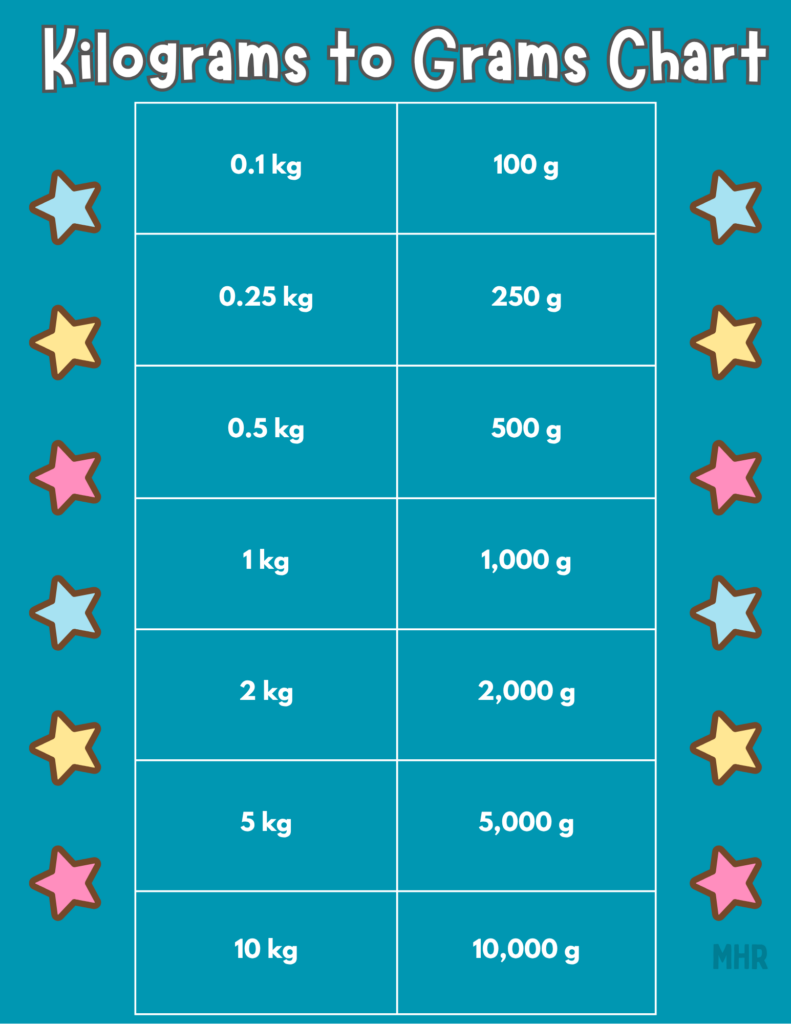
| Kilograms (kg) | Grams (g) |
|---|---|
| 0.1 kg | 100 g |
| 0.25 kg | 250 g |
| 0.5 kg | 500 g |
| 1 kg | 1,000 g |
| 2 kg | 2,000 g |
| 5 kg | 5,000 g |
| 10 kg | 10,000 g |
This table shows how quickly grams add up. A kilogram may sound small, but it’s actually quite a bit when you’re dealing with dense ingredients like sugar or flour.
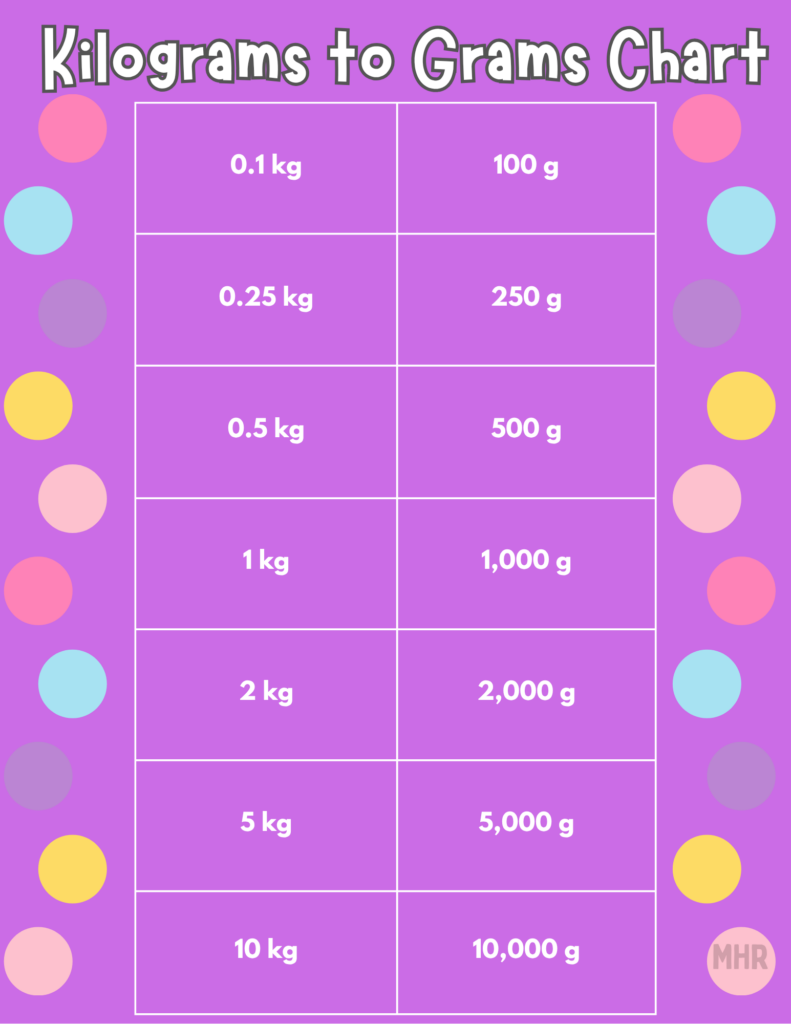
Why Does the Metric System Use Grams and Kilograms?
The metric system is used worldwide because it’s logical, consistent, and based on simple multiples of ten. This makes it easier to perform calculations without complex conversions. In science, engineering, and most countries outside of the United States, grams and kilograms are standard units of mass.
- Gram (g): The basic unit for small quantities (like spices or medicine).
- Kilogram (kg): The base unit for larger quantities (like produce or body weight).
It’s efficient because you don’t have to memorize awkward numbers. Unlike pounds and ounces, which have 16 ounces in a pound, the metric system simply moves the decimal point.
Real-Life Examples
To make it more relatable, here are a few examples of everyday items and their approximate weights:
| Item | Approximate Weight |
|---|---|
| A paperclip | 1 gram |
| A slice of bread | 25–30 grams |
| A smartphone | 180–250 grams |
| A loaf of bread | 500 grams (0.5 kg) |
| A bottle of water (1 liter) | 1 kilogram |
| A small cat | 4–5 kilograms |
As you can see, once you have a feel for grams and kilograms, estimating weight becomes second nature.
Frequently Asked Questions
Q: How can I easily convert kilograms to grams without a calculator?
A: Just add three zeros to the number of kilograms. For example, 3 kilograms becomes 3,000 grams. You can also think of moving the decimal point three places to the right.
Q: Which is heavier, a gram or a kilogram?
A: A kilogram is heavier. It contains 1,000 grams, so one kilogram is 1,000 times the weight of one gram.
Q: Why do some people still use pounds instead of kilograms?
A: In countries like the United States, the customary system (pounds and ounces) is still common. However, the metric system is the global standard and is used in science, medicine, and most other fields.
Q: How many kilograms are in a gram?
A: To find this, divide 1 by 1,000. So, one gram is equal to 0.001 kilograms.
Q: How can I remember the relationship easily?
A: Think of the prefix “kilo-” as meaning “a thousand.” It’s the same prefix used in words like kilometer (1,000 meters) or kilobyte (1,000 bytes). So a kilogram is simply a thousand grams.

